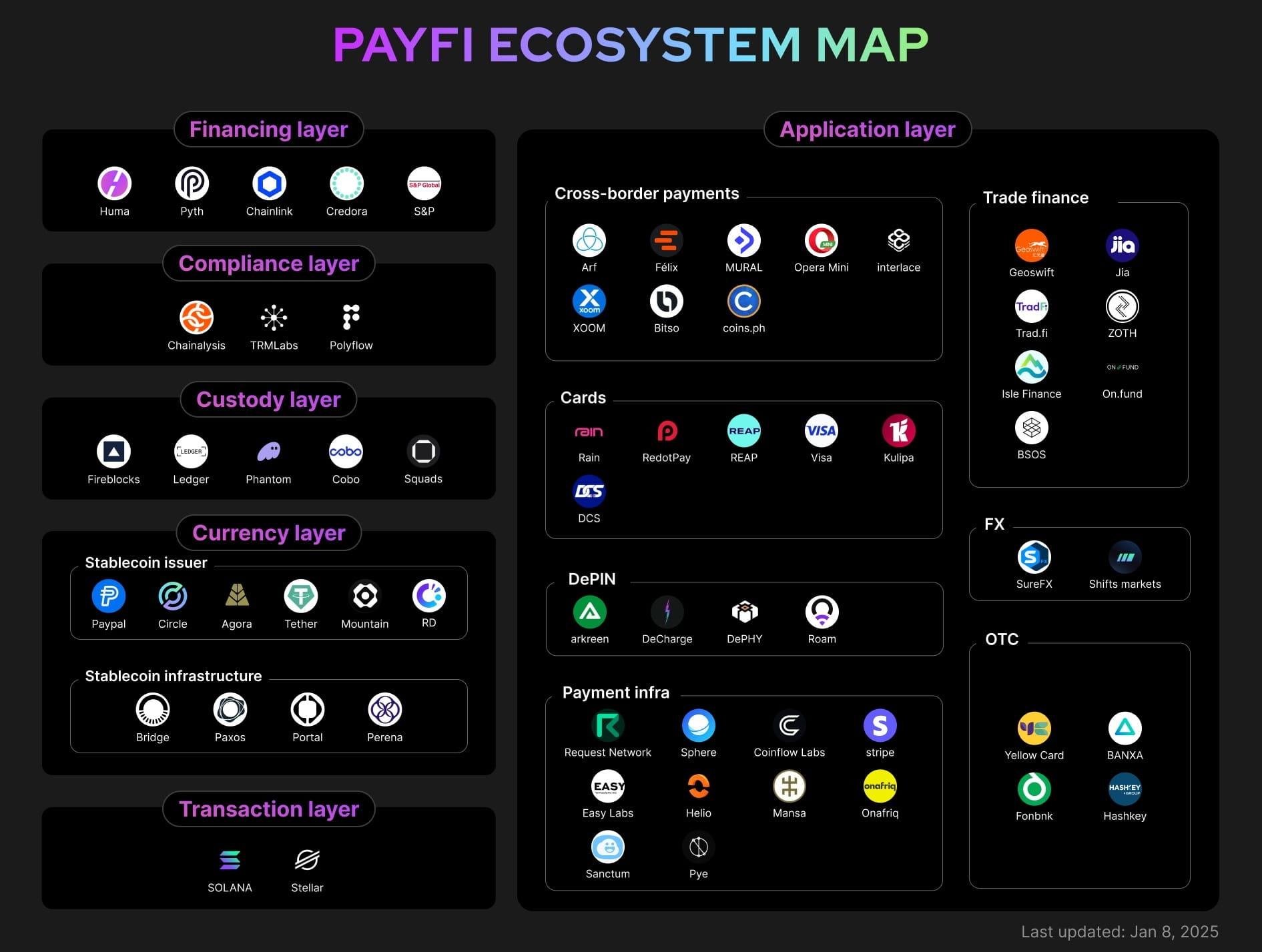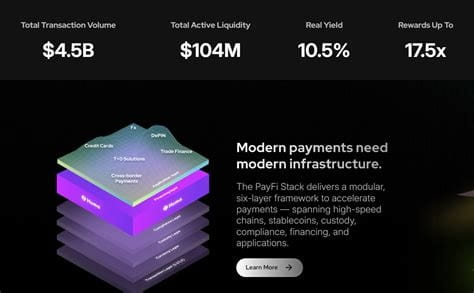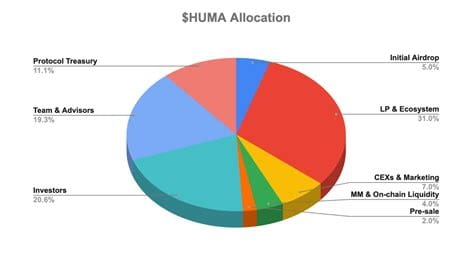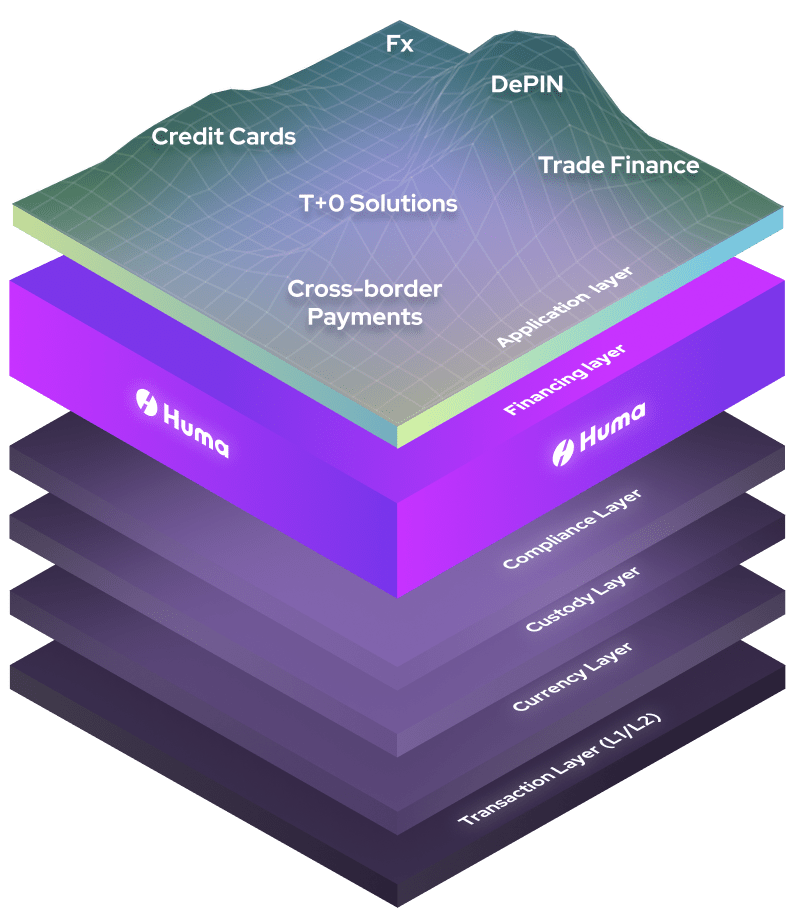Introduction to PayFi — A New Frontier in DeFi
@Huma Finance 🟣 stands at the forefront of a transformative financial paradigm known as PayFi—a unique integration of payment and financing infrastructures directly on-chain. As the world's first PayFi network, Huma enables borrowers to access capital by leveraging their future income streams, including salaries, invoices, remittances, royalties, and more. Unlike traditional crypto-backed lending, Huma introduces a powerful model for uncollateralized lending, expanding DeFi's reach to everyday finance.

Revolutionizing Lending through the Time‑Value‑of‑Money Model
Central to Huma’s approach is the innovative Time‑Value‑of‑Money (TVM) model. This methodology assesses reliable future income streams—such as payroll, gig economy earnings, and DAO payouts—and translates them into immediate liquidity. Borrowers typically receive 70–90% of their anticipated future revenue upfront. Smart contracts govern both the disbursement and automated repayments, often tied directly to income inflows, significantly reducing risks related to liquidation or collateral management.
The Modular PayFi Ecosystem
Huma’s ecosystem is designed as a multi-layered modular stack, ensuring interoperability, scalability, and efficient operation across blockchain-based financial activities:
Transaction Layer: Built on high-throughput blockchains for rapid processing and settlement of transactions.
Currency Layer: Integrates stablecoins such as USDC (Circle) and PYUSD (PayPal), ensuring reliable value settlement.
Compliance Layer: Implements advanced compliance tools, enabling transparent and secure transactions in line with global regulatory standards.
Financing Layer: Converts anticipated cash flows into immediate liquidity, complemented by decentralized credit scoring and risk evaluation.
Custody & Trading Layers: Includes secure custody solutions and trading capabilities to facilitate seamless financial operations.
Application Layer: Covers real-world applications such as cross-border remittances, trade finance, decentralized infrastructure funding, and stablecoin-backed payment solutions.

Serving Both Retail and Institutional Participants
With the recent launch of Huma 2.0, the platform now offers dual access points:
A permissionless model providing open participation opportunities for retail users.
Huma Institutional, catering specifically to institutions through compliant and curated investment opportunities, ensuring a secure environment for accredited investors.
Tokenomics & Incentives — The $HUMA Token
The $HUMA token underpins Huma’s ecosystem by aligning incentives and fostering community engagement. The token serves
Governance: Allows holders to stake tokens and vote on protocol decisions and upgrades.
Liquidity Provider Rewards: Incentivizes liquidity providers with rewards, offering higher incentives for longer-term commitments.
Ecosystem Growth Incentives: Rewards contributors, partners, and builders within the ecosystem, ensuring active participation.
Clear Tokenomics: The total token supply is capped at 10 billion, distributed across strategic airdrops, liquidity incentives, investor allocations, team compensation, and treasury management.

Real‑World Impact & Adoption
Huma Finance has rapidly demonstrated significant real-world traction, handling transaction volumes totaling billions of dollars while consistently maintaining exceptionally low default rates. Its sophisticated yet user-friendly protocol has successfully delivered stable double-digit yields to liquidity providers, indicating robust performance and sustainable returns.
WHy Huma Finance Matters
Huma addresses fundamental limitations of both traditional finance and DeFi:
Inclusivity: Makes decentralized financial services accessible to a broader user base, including individuals without crypto collateral.
Capital Efficiency: Provides substantial liquidity without compromising users’ future earnings.
Automated Efficiency: Ensures instant, secure transactions through smart contracts, eliminating delays typical in traditional lending.
Composability: Encourages integration with broader DeFi ecosystems, enhancing financial flexibility.

Conclusion
Huma Finance’s innovative approach to on-chain finance—combining income-based credit, robust technology, and a comprehensive PayFi model—sets a new benchmark for financial inclusivity and efficiency. By enabling real-world cash flows as collateral-free borrowing instruments, Huma is not only expanding the scope of decentralized finance but also defining its future trajectory. As adoption grows, Huma Finance may indeed emerge as one of the key players reshaping the landscape of global finance—on-chain and beyond.
